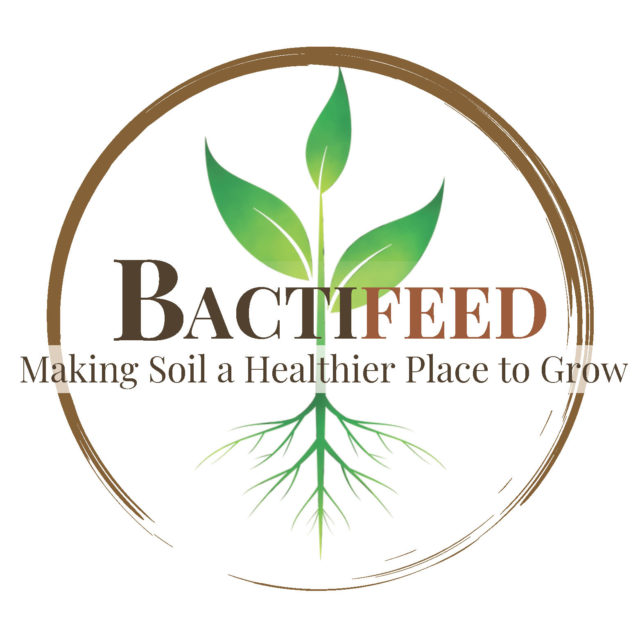These forage species contain cyanogenic glucosides which can be converted into prussic acid in the plant. Under normal growing conditions the cyanogenic glucosides and the enzyme responsible for converting them to prussic acid are located in separate areas of the plant.
Conditions that cause plant cells to rupture can allow the enzymes to convert cyanogenic glucosides into prussic acid. The parts of the plants that are highest in prussic acid content are the leaves, tillers and branches.
The conditions that contribute to plant cell rupture include drought, freezing, cutting, chopping, chewing and maturity. The highest potential for poisoning occurs when animals consume plant regrowth following a frost or drought.
When cattle consume forages containing high levels of prussic acid they may exhibit symptoms of toxicity. Prussic acid enters the bloodstream after being absorbed through the rumen. In the bloodstream, prussic acid binds to hemoglobin which inhibits oxygen transfer and causes asphyxiation and possible death.
Symptoms of prussic acid poisoning include increased salivation, difficult breathing, excitement, staggering, convulsions and collapse. The mucous membranes around the eyes and gums may be bright pink or blue and the blood will be a bright red color.
Death may be rapid in some cases but immediate veterinary intervention can also save other animals.
Practices that reduce the risk of prussic acid poisoning include:
• Do not greenchop or graze these forage species that are less than 18 to 24 inches in height.
• Do not allow hungry cattle to graze forages that may contain prussic acid.
• Feed grain or other forage before allowing grazing access.
• Do not graze at night when frost is anticipated.
• Wait two weeks after a killing frost to graze.
• Allow chopped forage to ferment for six to eight weeks before feeding.
• Do not graze during droughts or for at least one week after a rain event following drought.
• Have suspect forages analyzed for prussic acid content.
You can find more information about prussic acid poisoning here. FG
—Excerpts from Michigan State University News for Agriculture, June 2011
Mike McFadden
Dairy Agent
Michigan State University Extension









